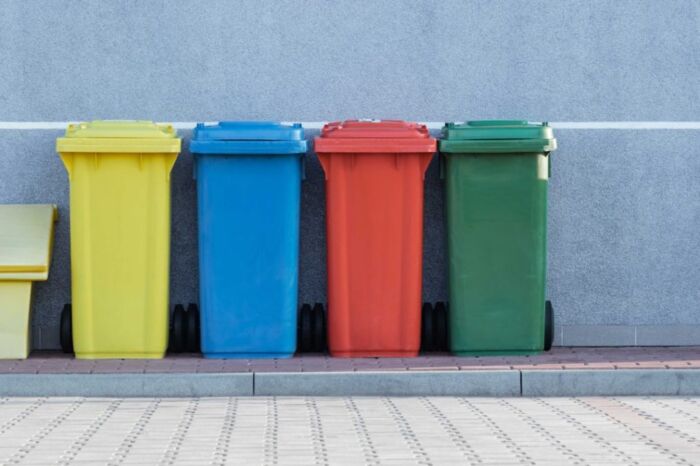
To safeguard the environment, the first step is to make a correct separate collection, paying attention to correctly separate the materials and to put them in the appropriate bins. The error is always around the corner, some waste can cause confusion and the question we often ask ourselves is: where do I throw this?
To answer this question and help our readers to correctly differentiate, we thought of creating a guide, in collaboration with SmartRicicla, where we will explain what separate waste collection is, what materials it interests, what its symbols and codes are. Subsequently we will analyze various types of materials, products and packaging to provide useful information for their correct provision.
The first useful information to know to correctly differentiate is that only, or almost, packaging is recycled. The first question to ask when in doubt is: is this product a packaging? If the answer is yes, then it must be recycled otherwise, in most cases, it must be transferred to the undifferentiated.
By packaging, according to Legislative Decree 152/2006 (the famous Environmental Consolidation Act) we mean “the product, composed of materials of any nature, used to contain certain goods, from raw materials to finished products, to protect them, to allow their manipulation and their delivery from the producer to the consumer or user, to ensure their presentation … “.
In a nutshell, packaging is something that serves to contain the goods, to protect them, to transport them and to facilitate their sale. If we are in the presence of a product that performs these functions, then it is a packaging. Let us give some examples: the yogurt jar, the bag of crisps or pasta, the coffee bag or the biscuit package are all packaging and therefore must be placed in the recycling bin for the material they are made of.
There are some exceptions. There are products, in fact, that even if they are not packaging, they must be recycled. Among these, certainly disposable plastic plates and glasses, but beware of cutlery that goes undifferentiated. Even printed paper, or that of newspapers and magazines, must be sent to the paper and cardboard container together with packaging made of this material. In this case, pay attention to the receipts which, being paper ends, go undifferentiated.
It is more difficult to understand how to properly confer those products that are made of multiple non-separable materials and which, in technical jargon, are called polylaminates. The regulations allow you to throw the polylaminates in the container relative to the material that composes it in a greater percentage, but how do you know the percentage of the materials that make up a product? The question still remains unanswered and, in that case, we must rely on intuition.
Do you have to wash a container before putting it in the appropriate bin? The answer is no, even if it is good practice not to throw too dirty or greasy packaging. There is no need to wash them with soap, simply rinse them with water to remove any food or seasoning residues, such as tuna from tins, sauce from glass bottles or aluminum cans, wine from glass bottles.
Do the labels need to be removed? Again the answer is: it is not necessary. If they come off easily then it is okay but it is useless to insist on removing the more obstinate ones.
This is because the recovery and treatment plants are equipped with specific technologies that make waste suitable for recycling. In any case, before classifying an object as waste and throwing it away, we should ask ourselves if we can reuse it according to creative recycling techniques.
For a correct separate collection, to know the codes and symbols of recycling and where to give the different materials, continue to follow our guide “Where I throw it” and download the SmartRicicla app where, in addition to this information, you can also consult the calendar always updated of the separate collection in your city.